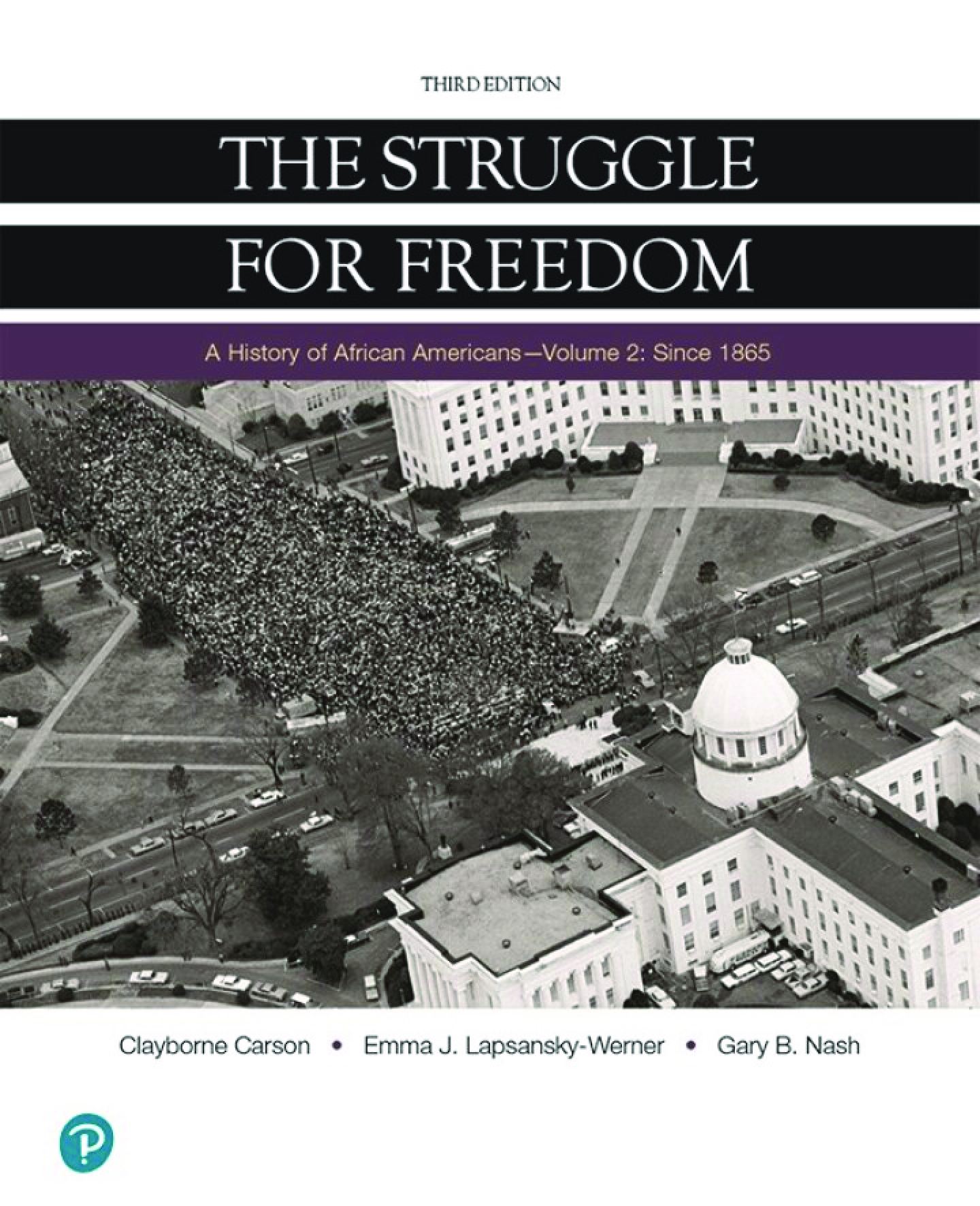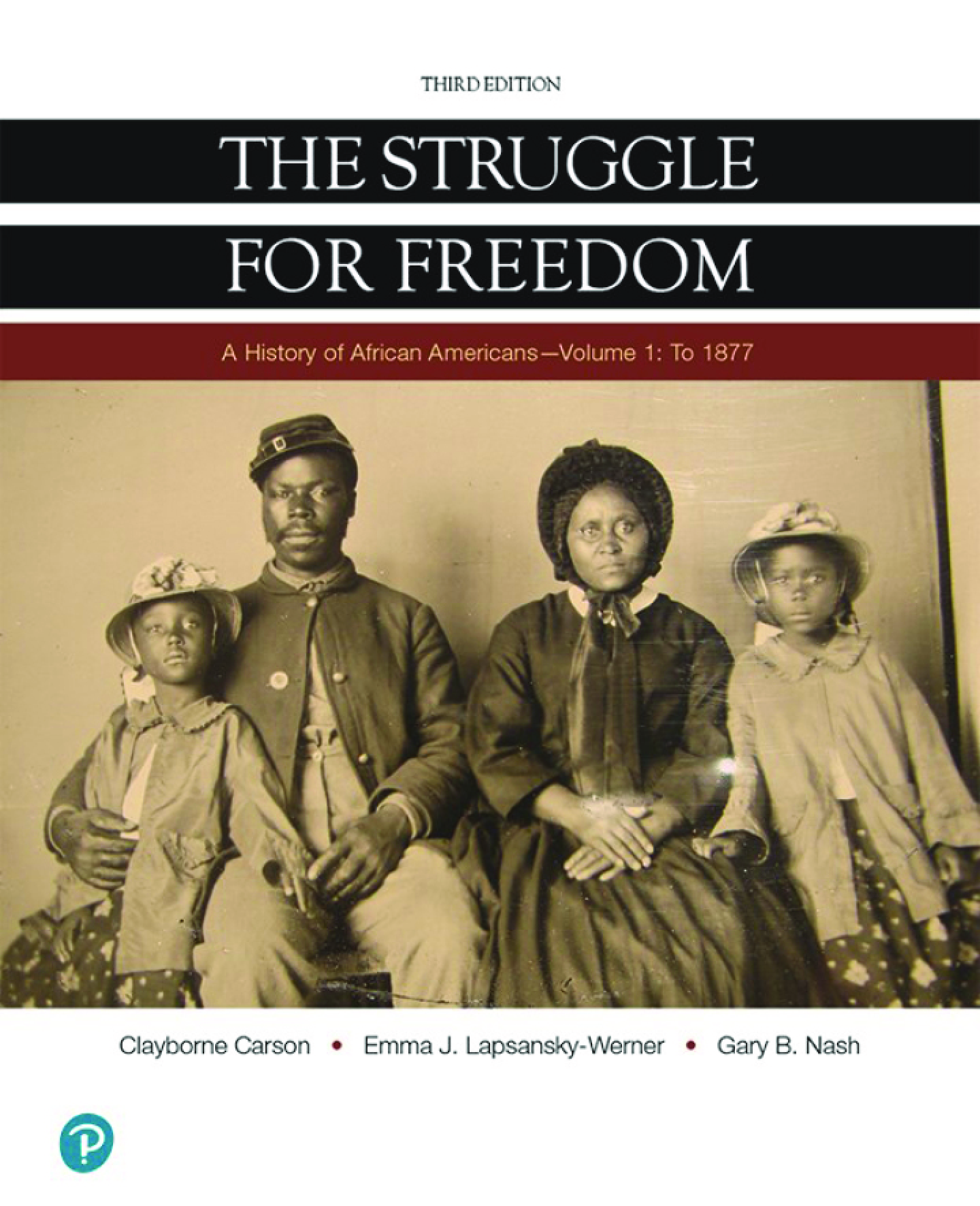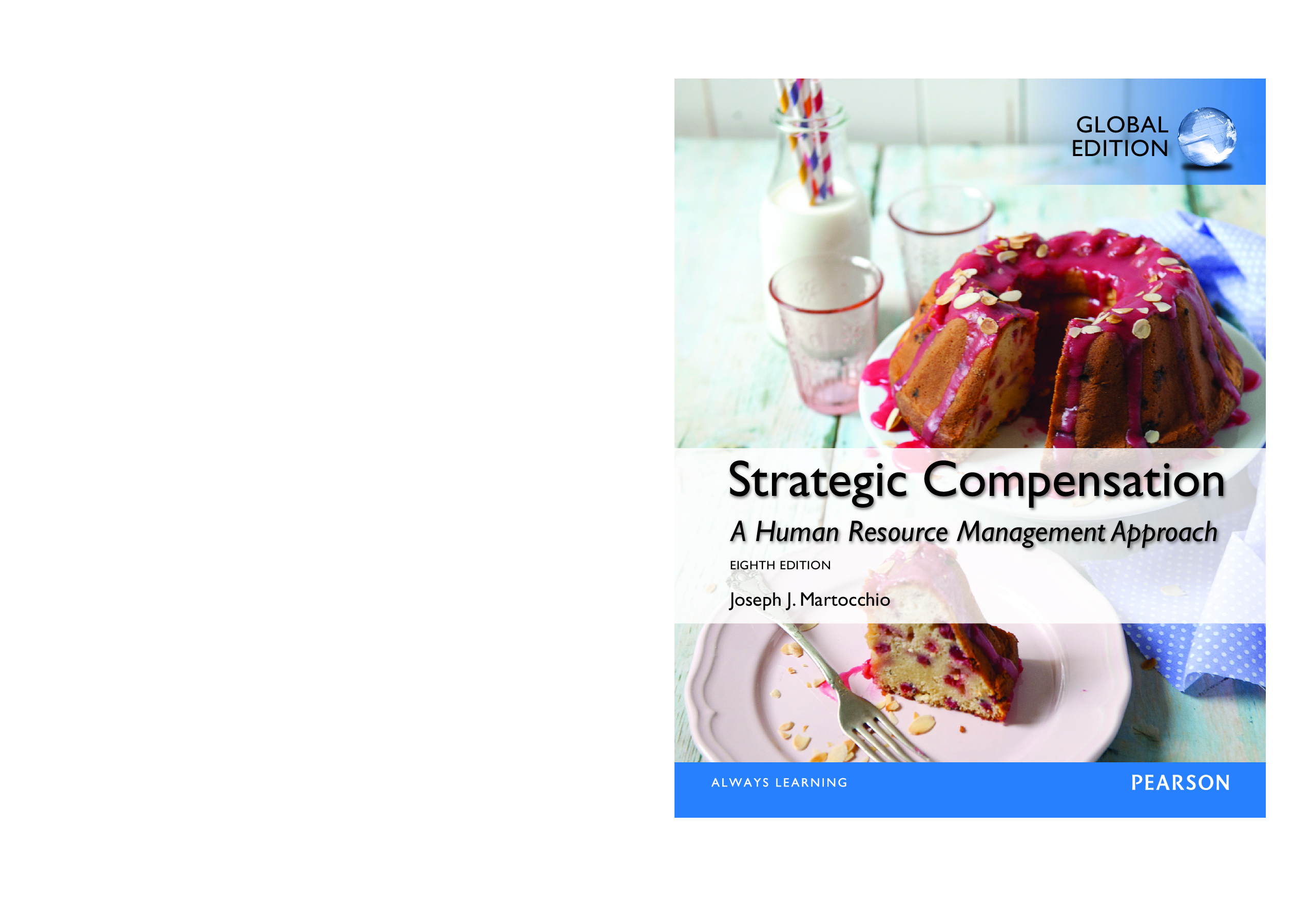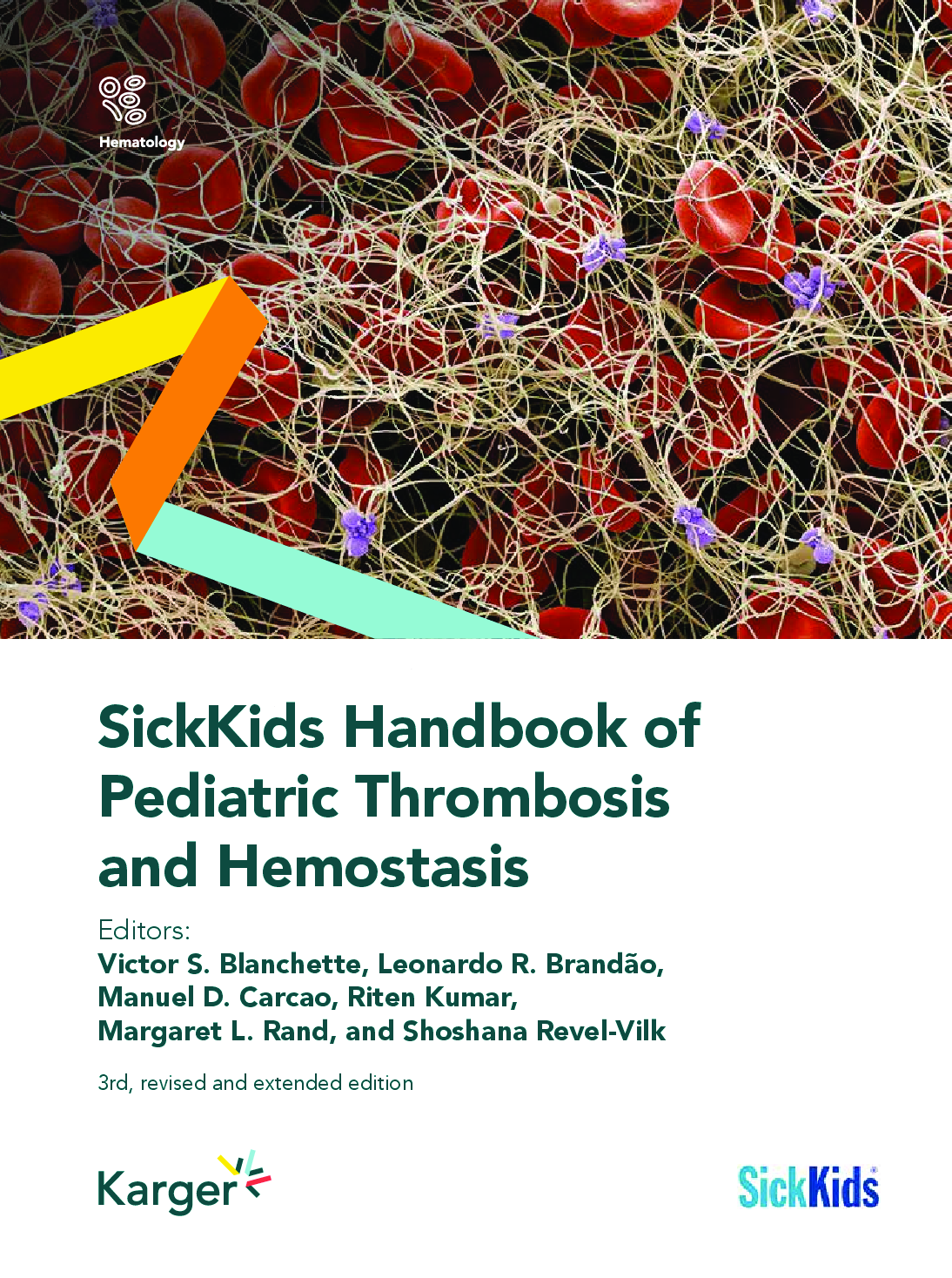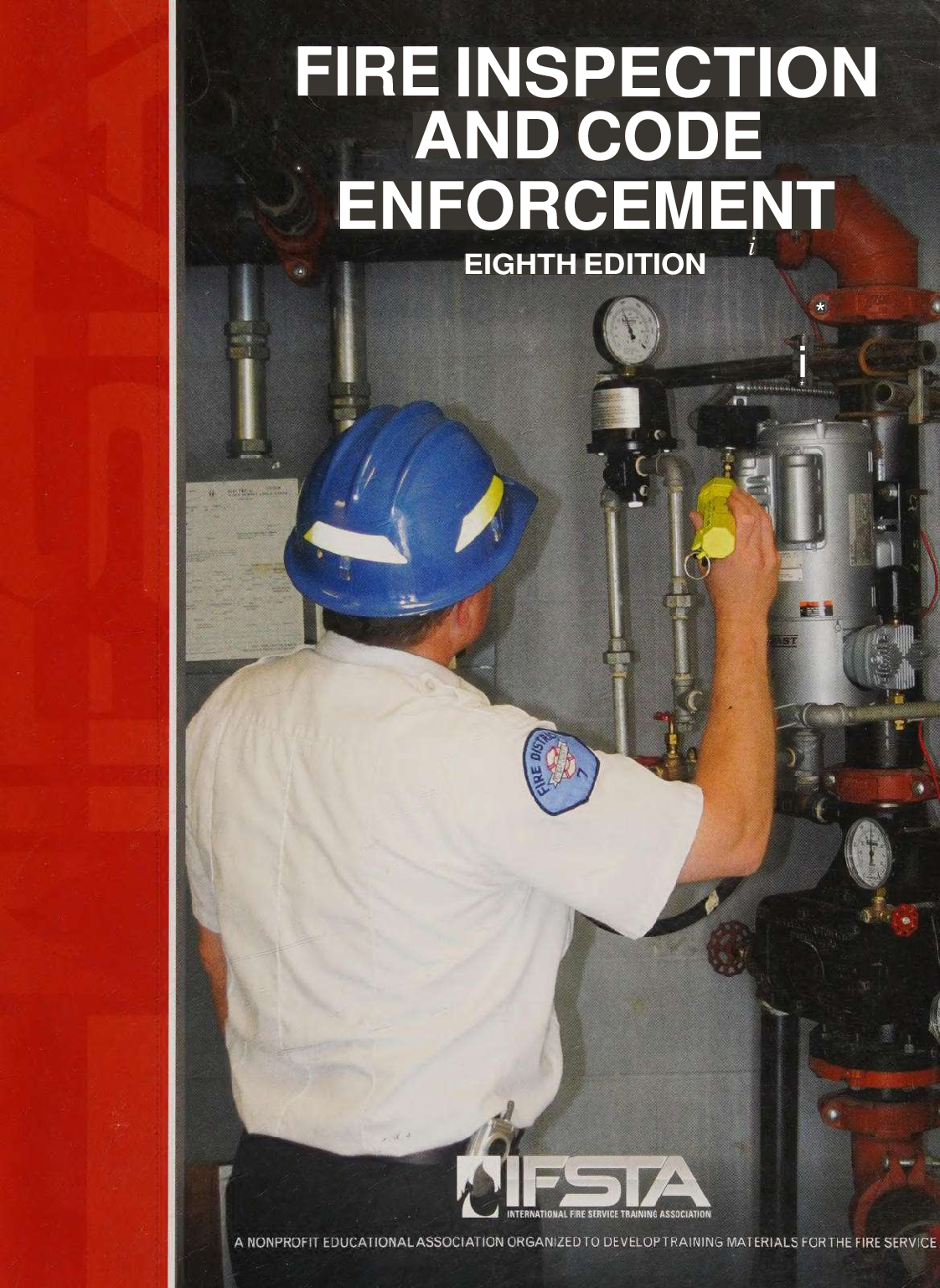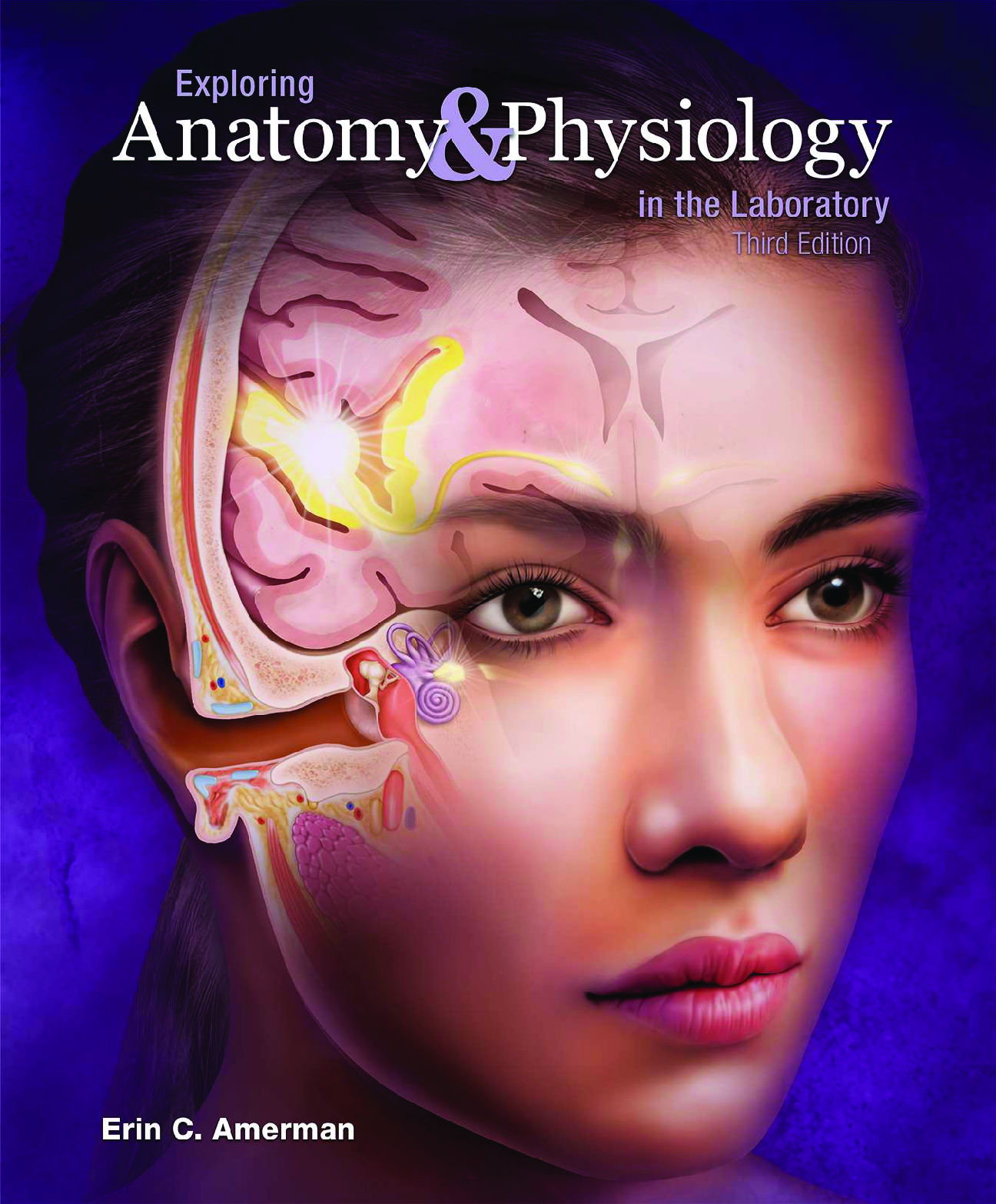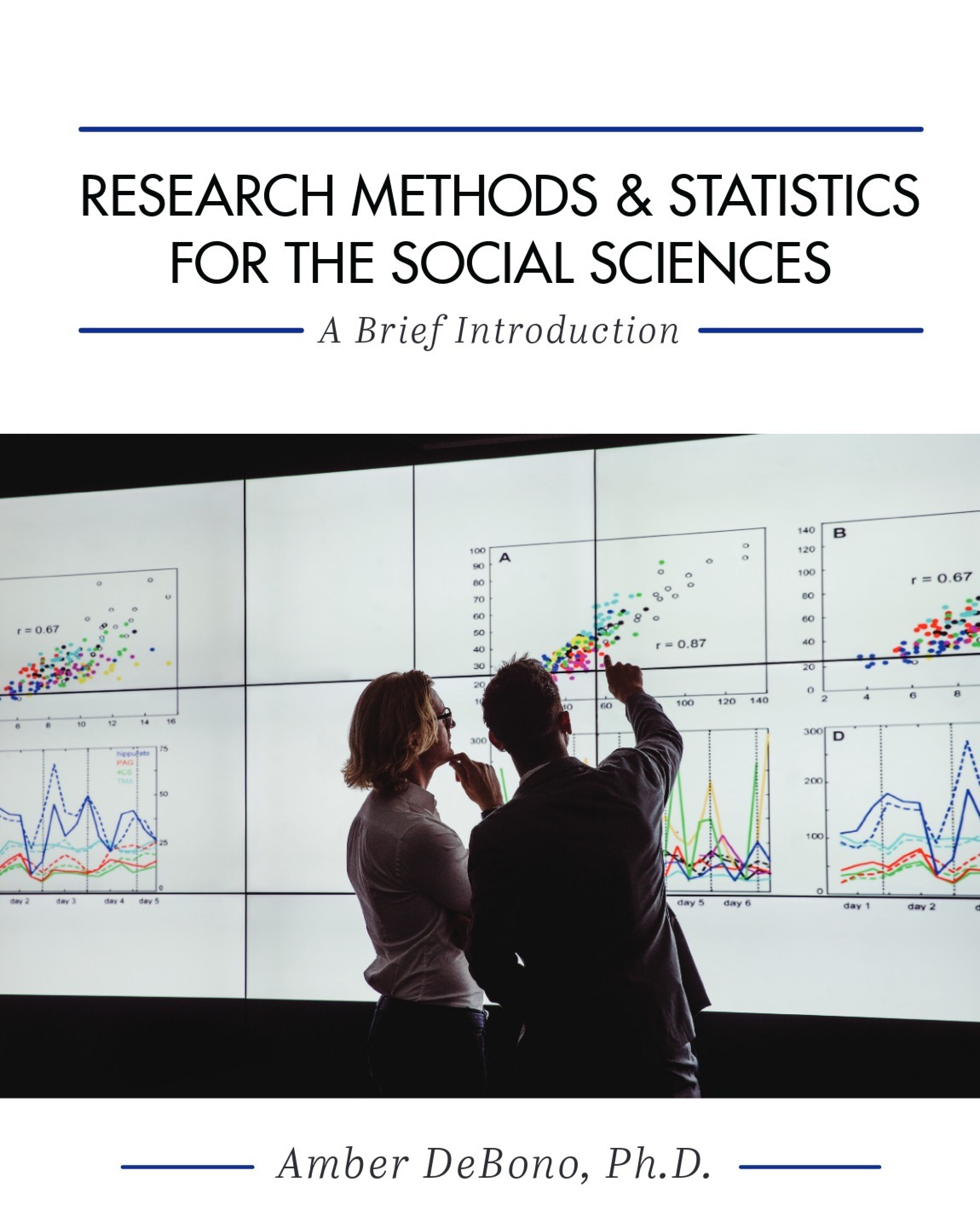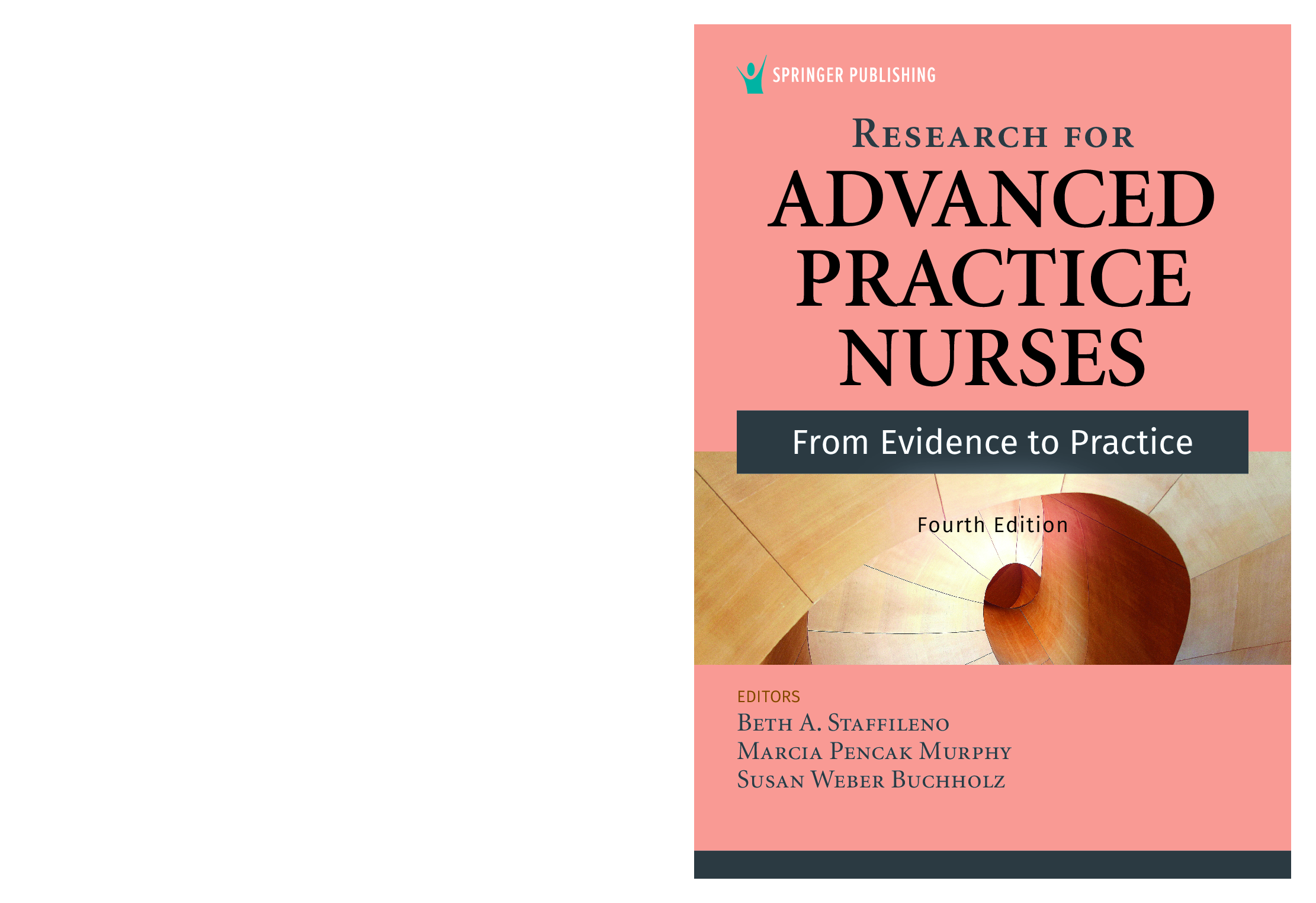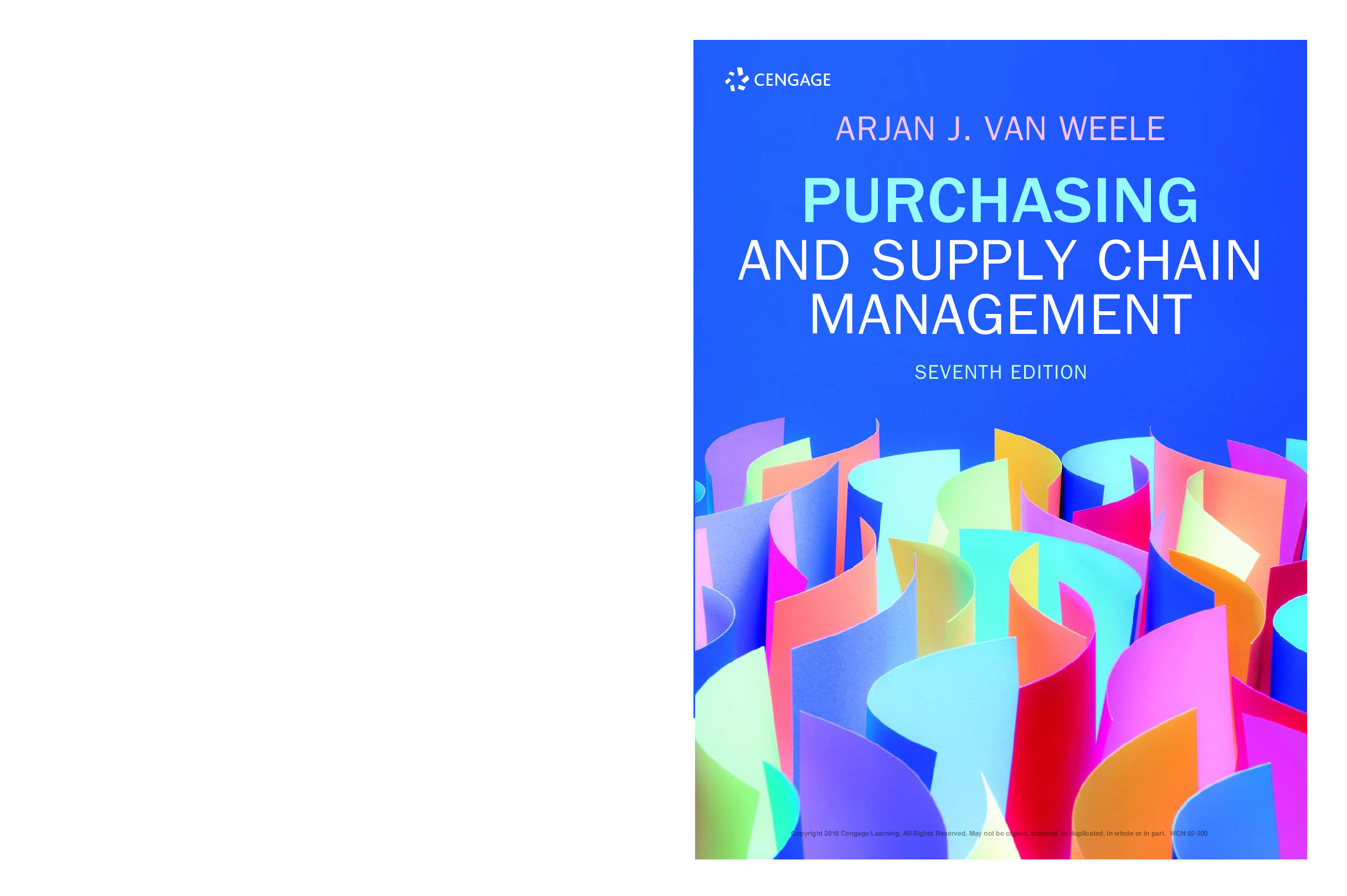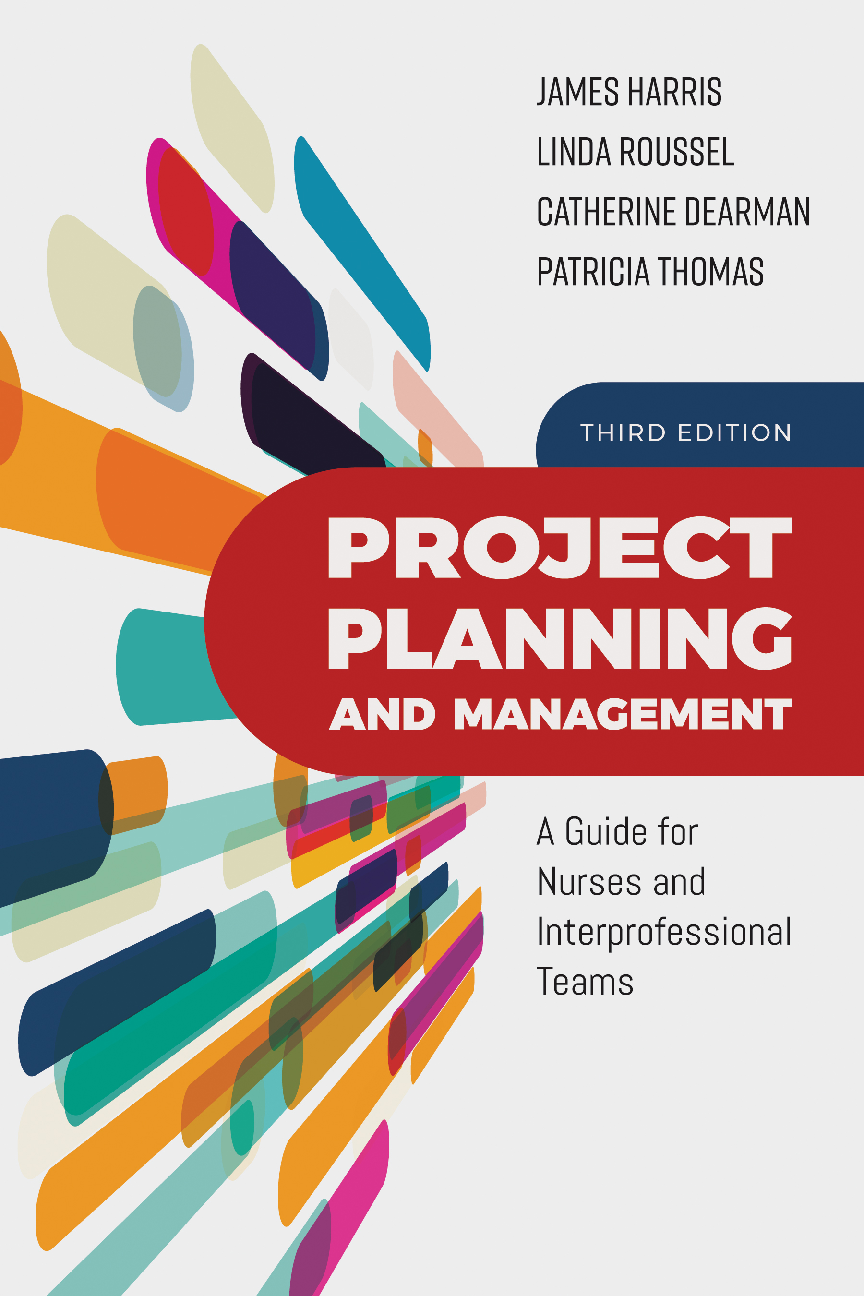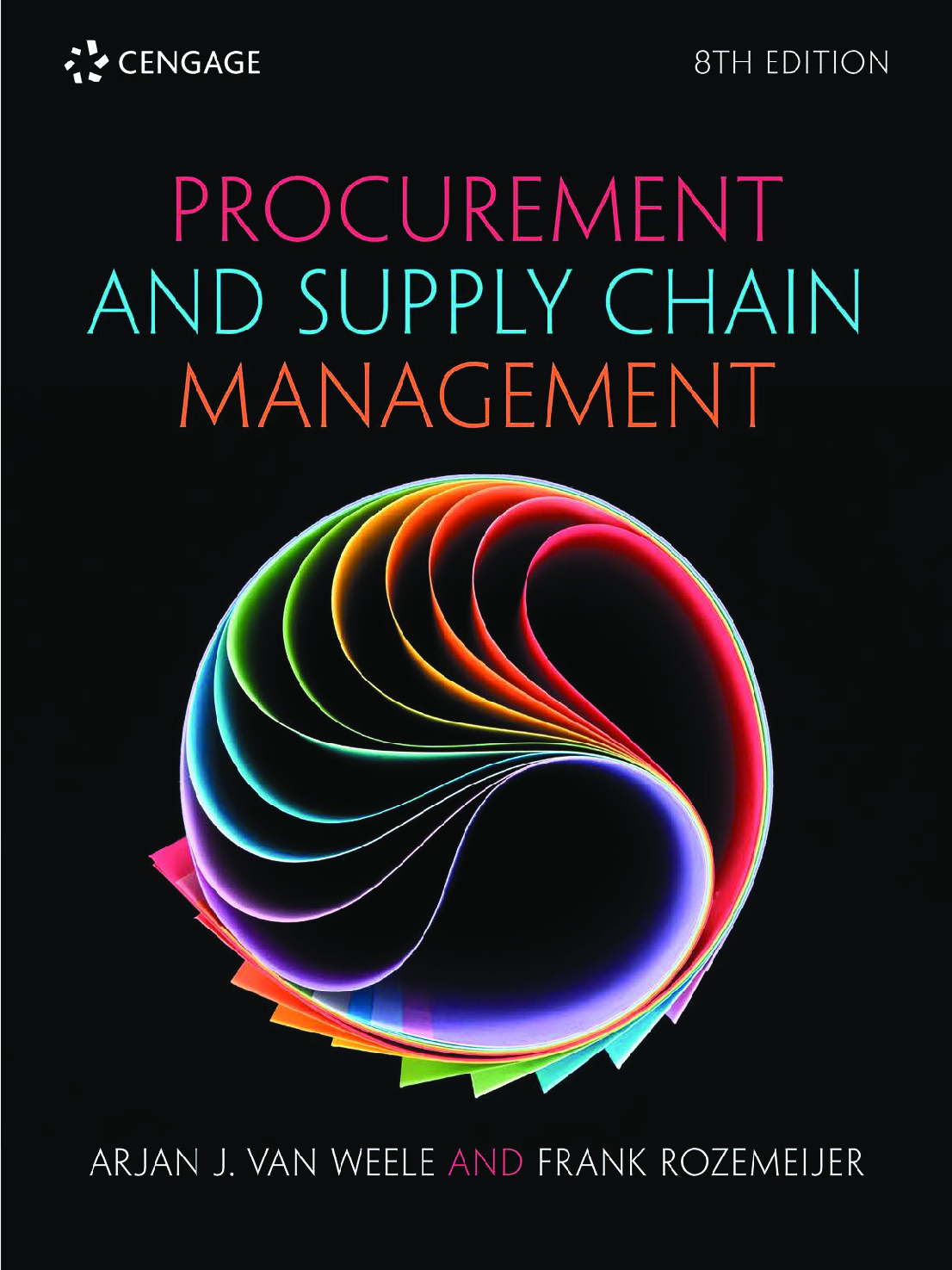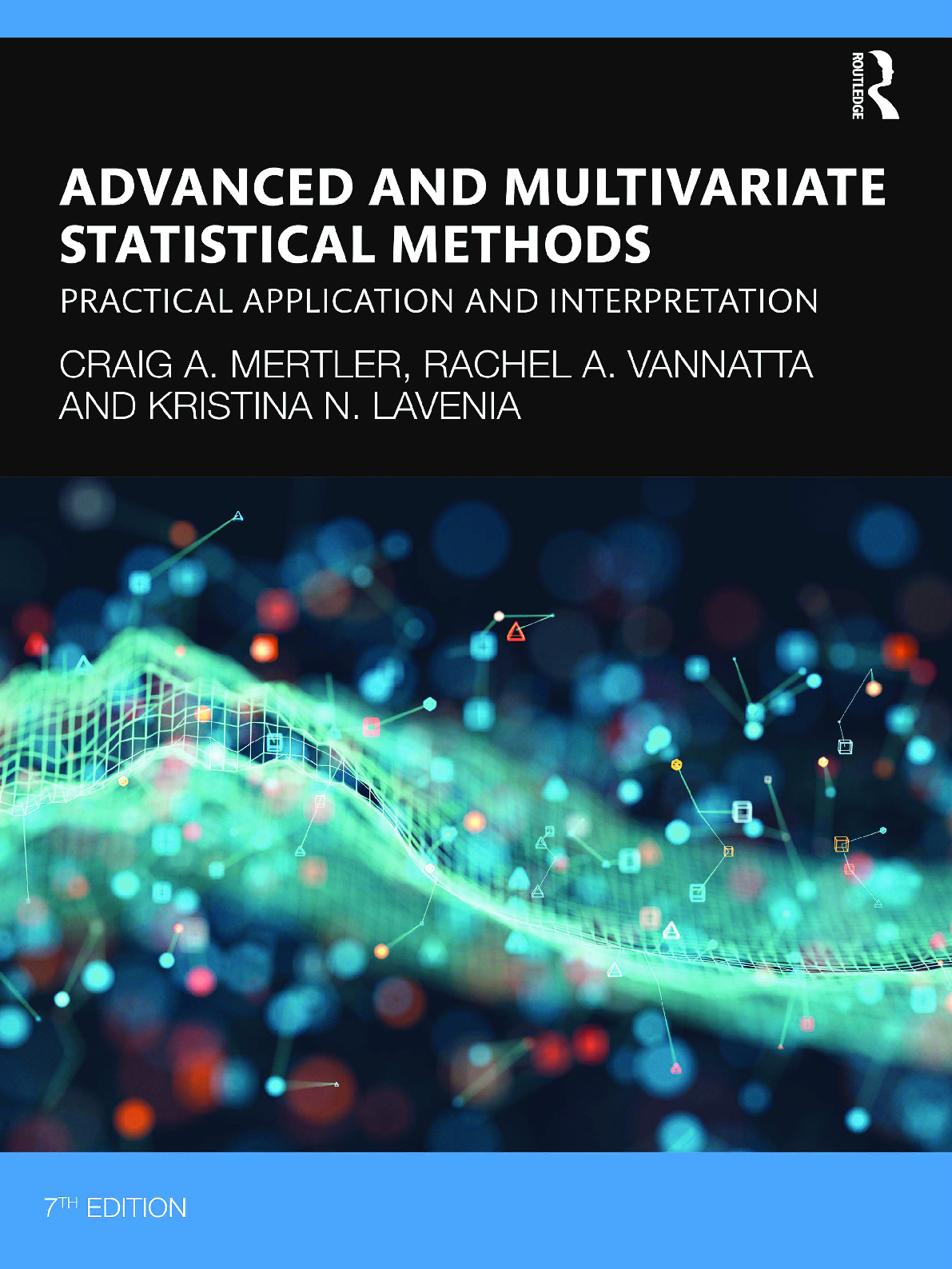Statistics > eBook-PDF > eBook for An Introduction to Statistical Methods and Data Analysis 7th Edition By Lyman Ott, Micheal (All)
eBook for An Introduction to Statistical Methods and Data Analysis 7th Edition By Lyman Ott, Micheal Longnecker
Document Content and Description Below
eBook for An Introduction to Statistical Methods and Data Analysis, 7th Edition By R. Lyman Ott, Micheal T. Longnecker Get all 19 Chapters eBook pdf. Half Title Title Statement Copyright Con ... tents Preface Part 1: Introduction Ch 1: Statistics and the Scientific Method 1.1: Introduction 1.2: Why Study Statistics? 1.3: Some Current Applications of Statistics 1.4: A Note to the Student 1.5: Summary 1.6: Exercises Part 2: Collecting Data Ch 2: Using Surveys and Experimental Studies to Gather Data 2.1: Introduction and Abstract of Research Study 2.2: Observational Studies 2.3: Sampling Designs for Surveys 2.4: Experimental Studies 2.5: Designs for Experimental Studies 2.6: Research Study: Exit Polls Versus Election Results 2.7: Summary 2.8: Exercises Part 3: Summarizing Data Ch 3: Data Description 3.1: Introduction and Abstract of Research Study 3.2: Calculators, Computers, and Software Systems 3.3: Describing Data on a Single Variable: Graphical Methods 3.4: Describing Data on a Single Variable: Measures of Central Tendency 3.5: Describing Data on a Single Variable: Measures of Variability 3.6: The Boxplot 3.7: Summarizing Data from More Than One Variable: Graphs and Correlation 3.8: Research Study: Controlling for Student Background in the Assessment of Teaching 3.9: R Instructions 3.10: Summary and Key Formulas 3.11: Exercises Ch 4: Probability and Probability Distributions 4.1: Introduction and Abstract of Research Study 4.2: Finding the Probability of an Event 4.3: Basic Event Relations and Probability Laws 4.4: Conditional Probability and Independence 4.5: Bayes’ Formula 4.6: Variables: Discrete and Continuous 4.7: Probability Distributions for Discrete Random Variables 4.8: Two Discrete Random Variables: The Binomial and the Poisson 4.9: Probability Distributions for Continuous Random Variables 4.10: A Continuous Probability Distribution: The Normal Distribution 4.11: Random Sampling 4.12: Sampling Distributions 4.13: Normal Approximation to the Binomial 4.14: Evaluating Whether or Not a Population Distribution Is Normal 4.15: Research Study: Inferences About Performance-Enhancing Drugs Among Athletes 4.16: R Instructions 4.17: Summary and Key Formulas 4.18: Exercises Part 4: Analyzing the Data, Interpreting the Analyses, and Communicating the Results Ch 5: Inferences About Population Central Values 5.1: Introduction and Abstract of Research Study 5.2: Estimation of μ 5.3: Choosing the Sample Size for Estimating μ 5.4: A Statistical Test for μ 5.5: Choosing the Sample Size for Testing μ 5.6: The Level of Significance of a Statistical Test 5.7: Inferences About μ for a Normal Population, σ Unknown 5.8: Inferences About μ When the Population Is Nonnormal and n Is Small: Bootstrap Methods 5.9: Inferences About the Median 5.10: Research Study: Percentage of Calories from Fat 5.11: Summary and Key Formulas 5.12: Exercises Ch 6: Inferences Comparing Two Population Central Values 6.1: Introduction and Abstract of Research Study 6.2: Inferences About μ1 ― μ2: Independent Samples 6.3: A Nonparametric Alternative: The Wilcoxon Rank Sum Test 6.4: Inferences About μ1 ― μ2: Paired Data 6.5: A Nonparametric Alternative: The Wilcoxon Signed-Rank Test 6.6: Choosing Sample Sizes for Inferences About μ1 ― μ2 6.7: Research Study: Effects of an Oil Spill on Plant Growth 6.8: Summary and Key Formulas 6.9: Exercises Ch 7: Inferences About Population Variances 7.1: Introduction and Abstract of Research Study 7.2: Estimation and Tests for a Population Variance 7.3: Estimation and Tests for Comparing Two Population Variances 7.4: Tests for Comparing t > 2 Population Variances 7.5: Research Study: Evaluation of Methods for Detecting E. coli 7.6: Summary and Key Formulas 7.7: Exercises Ch 8: Inferences About More Than Two Population Central Values 8.1: Introduction and Abstract of Research Study 8.2: A Statistical Test About More Than Two Population Means: An Analysis of Variance 8.3: The Model for Observations in a Completely Randomized Design 8.4: Checking on the AOV Conditions 8.5: An Alternative Analysis: Transformations of the Data 8.6: A Nonparametric Alternative: The Kruskal–Wallis Test 8.7: Research Study: Effect of Timing on the Treatment of Port-Wine Stains with Lasers 8.8: Summary and Key Formulas 8.9: Exercises Ch 9: Multiple Comparisons 9.1: Introduction and Abstract of Research Study 9.2: Linear Contrasts 9.3: Which Error Rate Is Controlled? 9.4: Scheffé’s S Method 9.5: Tukey’s W Procedure 9.6: Dunnett’s Procedure: Comparison of Treatments to a Control 9.7: A Nonparametric Multiple-Comparison Procedure 9.8: Research Study: Are Interviewers’ Decisions Affected by Different Handicap Types? 9.9: Summary and Key Formulas 9.10: Exercises Ch 10: Categorical Data 10.1: Introduction and Abstract of Research Study 10.2: Inferences About a Population Proportion π 10.3: Inferences About the Difference Between Two Population Proportions, π1 - π2 10.4: Inferences About Several Proportions: Chi-Square Goodness-of-Fit Test 10.5: Contingency Tables: Tests for Independence and Homogeneity 10.6: Measuring Strength of Relation 10.7: Odds and Odds Ratios 10.8: Combining Sets of 2 x 2 Contingency Tables 10.9: Research Study: Does Gender Bias Exist in the Selection of Students for Vocational Education? 10.10: Summary and Key Formulas 10.11: Exercises Ch 11: Linear Regression and Correlation 11.1: Introduction and Abstract of Research Study 11.2: Estimating Model Parameters 11.3: Inferences About Regression Parameters 11.4: Predicting New y-Values Using Regression 11.5: Examining Lack of Fit in Linear Regression 11.6: Correlation 11.7: Research Study: Two Methods for Detecting E. coli 11.8: Summary and Key Formulas 11.9: Exercises Ch 12: Multiple Regression and the General Linear Model 12.1: Introduction and Abstract of Research Study 12.2: The General Linear Model 12.3: Estimating Multiple Regression Coefficients 12.4: Inferences in Multiple Regression 12.5: Testing a Subset of Regression Coefficients 12.6: Forecasting Using Multiple Regression 12.7: Comparing the Slopes of Several Regression Lines 12.8: Logistic Regression 12.9: Some Multiple Regression Theory (Optional) 12.10: Research Study: Evaluation of the Performance of an Electric Drill 12.11: Summary and Key Formulas 12.12: Exercises Ch 13: Further Regression Topics 13.1: Introduction and Abstract of Research Study 13.2: Selecting the Variables (Step 1) 13.3: Formulating the Model (Step 2) 13.4: Checking Model Assumptions (Step 3) 13.5: Research Study: Construction Costs for Nuclear Power Plants 13.6: Summary and Key Formulas 13.7: Exercises Ch 14: Analysis of Variance for Completely Randomized Designs 14.1: Introduction and Abstract of Research Study 14.2: Completely Randomized Design with a Single Factor 14.3: Factorial Treatment Structure 14.4: Factorial Treatment Structures with an Unequal Number of Replications 14.5: Estimation of Treatment Differences and Comparisons of Treatment Means 14.6: Determining the Number of Replications 14.7: Research Study: Development of a Low-Fat Processed Meat 14.8: Summary and Key Formulas 14.9: Exercises Ch 15: Analysis of Variance for Blocked Designs 15.1: Introduction and Abstract of Research Study 15.2: Randomized Complete Block Design 15.3: Latin Square Design 15.4: Factorial Treatment Structure in a Randomized Complete Block Design 15.5: A Nonparametric Alternative—Friedman’s Test 15.6: Research Study: Control of Leatherjackets 15.7: Summary and Key Formulas 15.8: Exercises Ch 16: The Analysis of Covariance 16.1: Introduction and Abstract of Research Study 16.2: A Completely Randomized Design with One Covariate 16.3: The Extrapolation Problem 16.4: Multiple Covariates and More Complicated Designs 16.5: Research Study: Evaluation of Cool-Season Grasses for Putting Greens 16.6: Summary 16.7: Exercises Ch 17: Analysis of Variance for Some Fixed-, Random-, and Mixed-Effects Models 17.1: Introduction and Abstract of Research Study 17.2: A One-Factor Experiment with Random Treatment Effects 17.3: Extensions of Random-Effects Models 17.4: Mixed-Effects Models 17.5: Rules for Obtaining Expected Mean Squares 17.6: Nested Factors 17.7: Research Study: Factors Affecting Pressure Drops Across Expansion Joints 17.8: Summary 17.9: Exercises Ch 18: Split-Plot, Repeated Measures, and Crossover Designs 18.1: Introduction and Abstract of Research Study 18.2: Split-Plot Designed Experiments 18.3: Single-Factor Experiments with Repeated Measures 18.4: Two-Factor Experiments with Repeated Measures on One of the Factors 18.5: Crossover Designs 18.6: Research Study: Effects of an Oil Spill on Plant Growth 18.7: Summary 18.8: Exercises Ch 19: Analysis of Variance for Some Unbalanced Designs 19.1: Introduction and Abstract of Research Study 19.2: A Randomized Block Design with One or More Missing Observations 19.3: A Latin Square Design with Missing Data 19.4: Balanced Incomplete Block (BIB) Designs 19.5: Research Study: Evaluation of the Consistency of Property Assessors 19.6: Summary and Key Formulas 19.7: Exercises Appendix: Statistical Tables Answers to Selected Exercises References Index [Show More]
Last updated: 1 year ago
Preview 1 out of 1296 pages
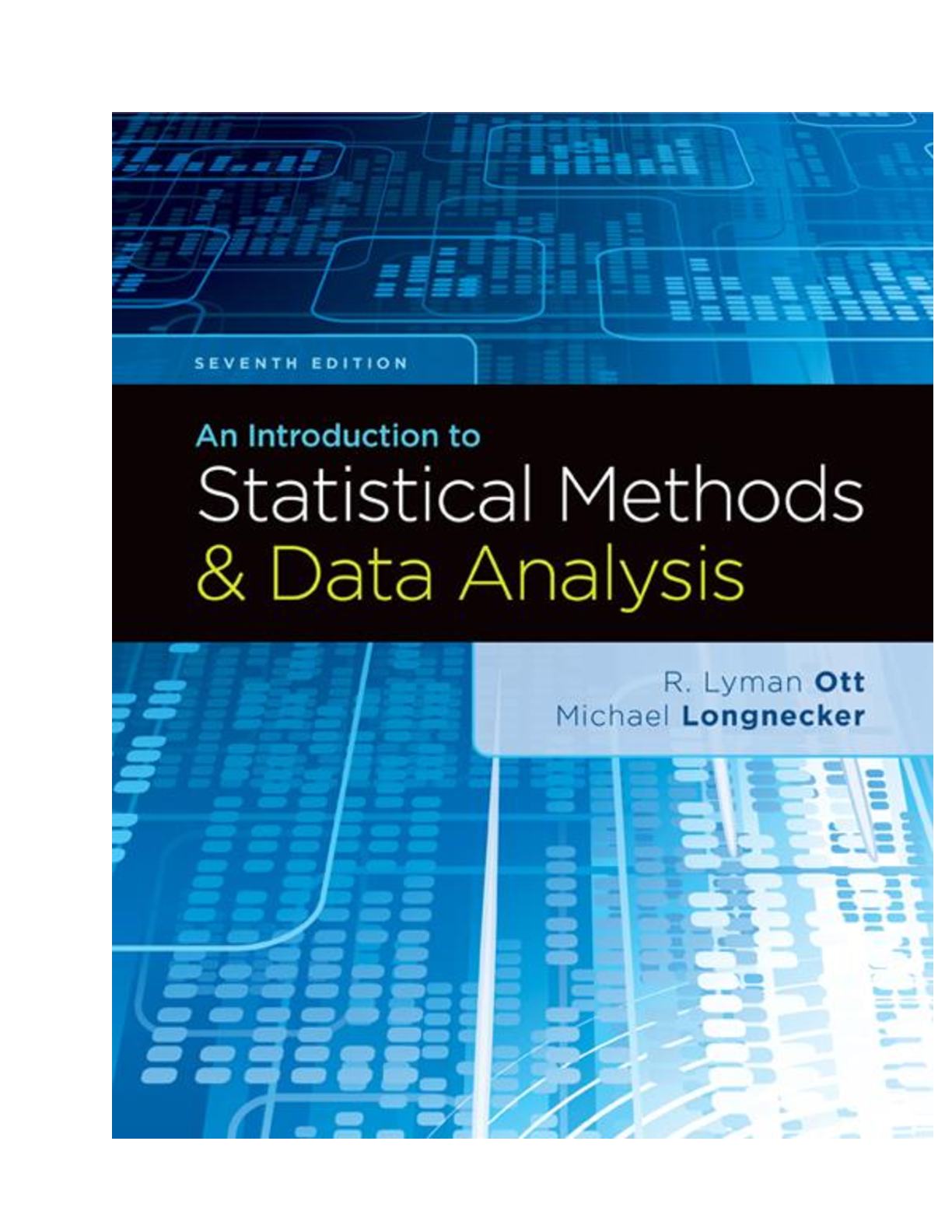
Buy this document to get the full access instantly
Instant Download Access after purchase
Buy NowInstant download
We Accept:

Reviews( 0 )
$20.00
Can't find what you want? Try our AI powered Search
Document information
Connected school, study & course
About the document
Uploaded On
Oct 04, 2021
Number of pages
1296
Written in
All
Additional information
This document has been written for:
Uploaded
Oct 04, 2021
Downloads
0
Views
188

